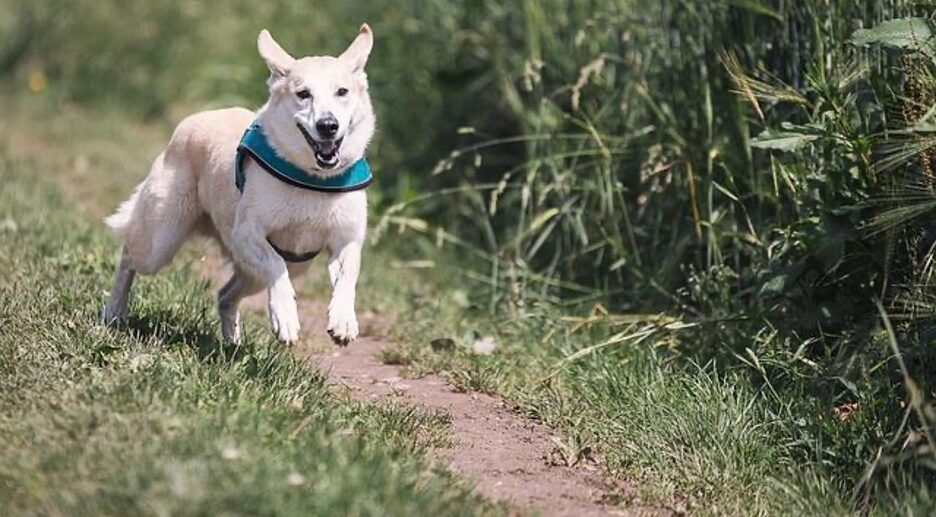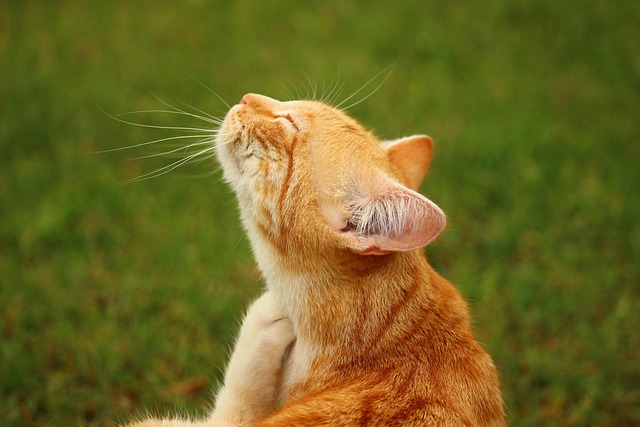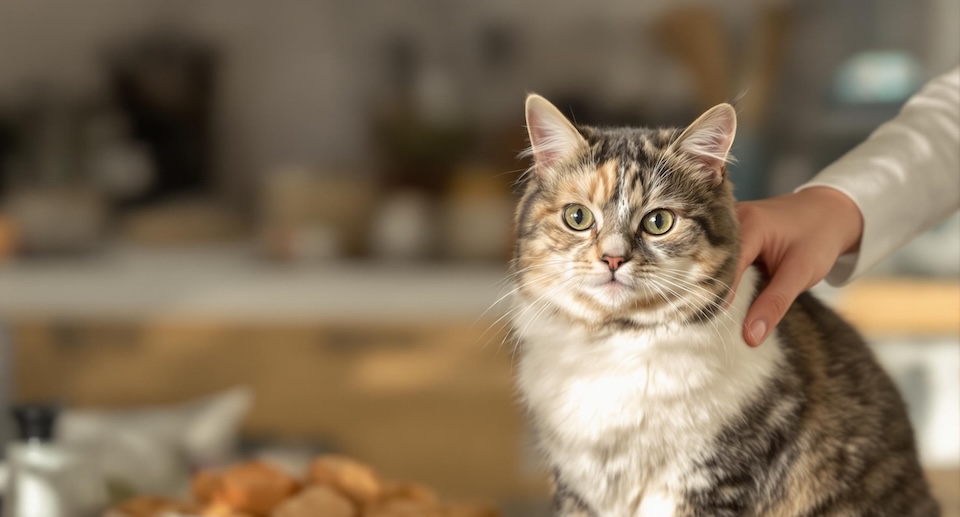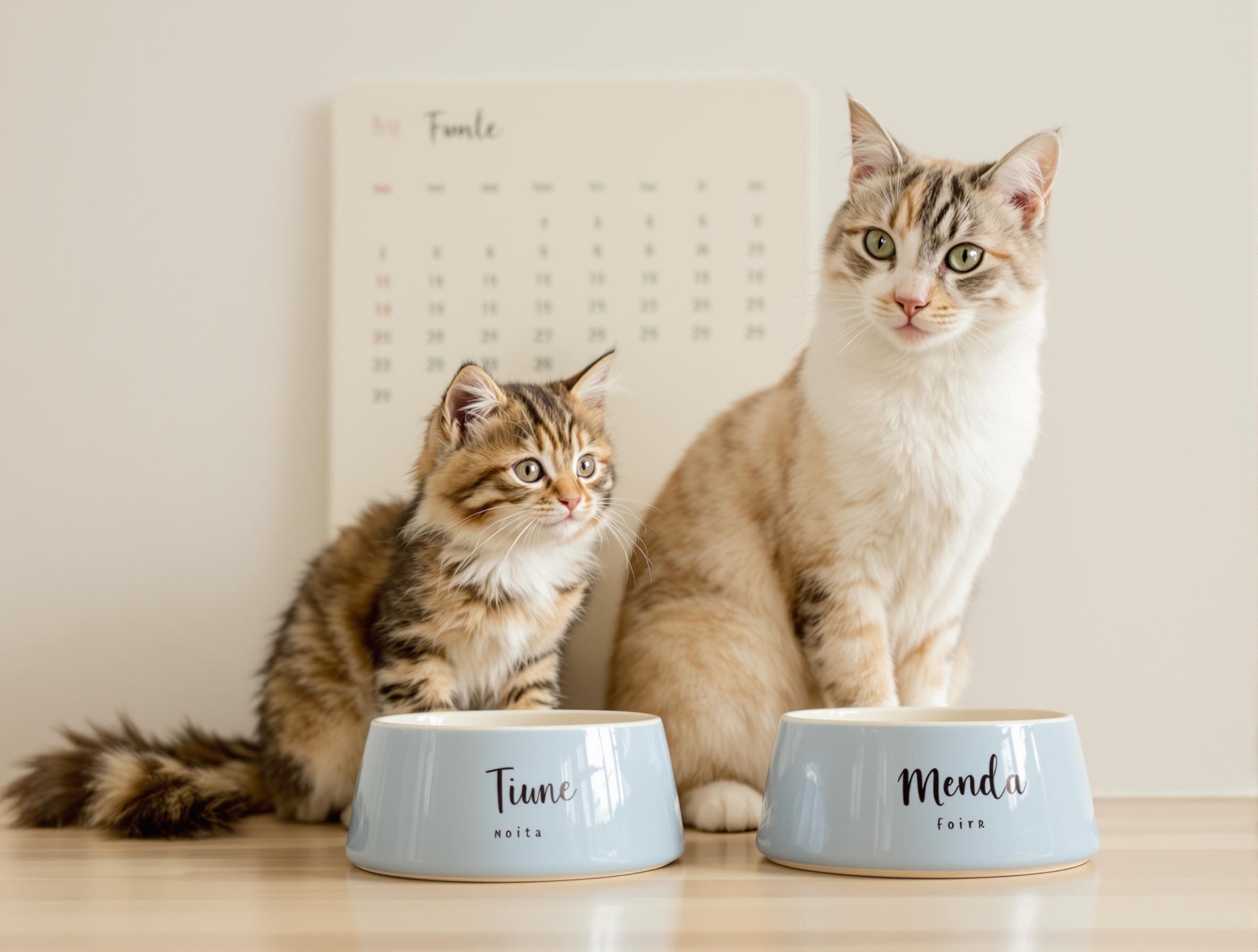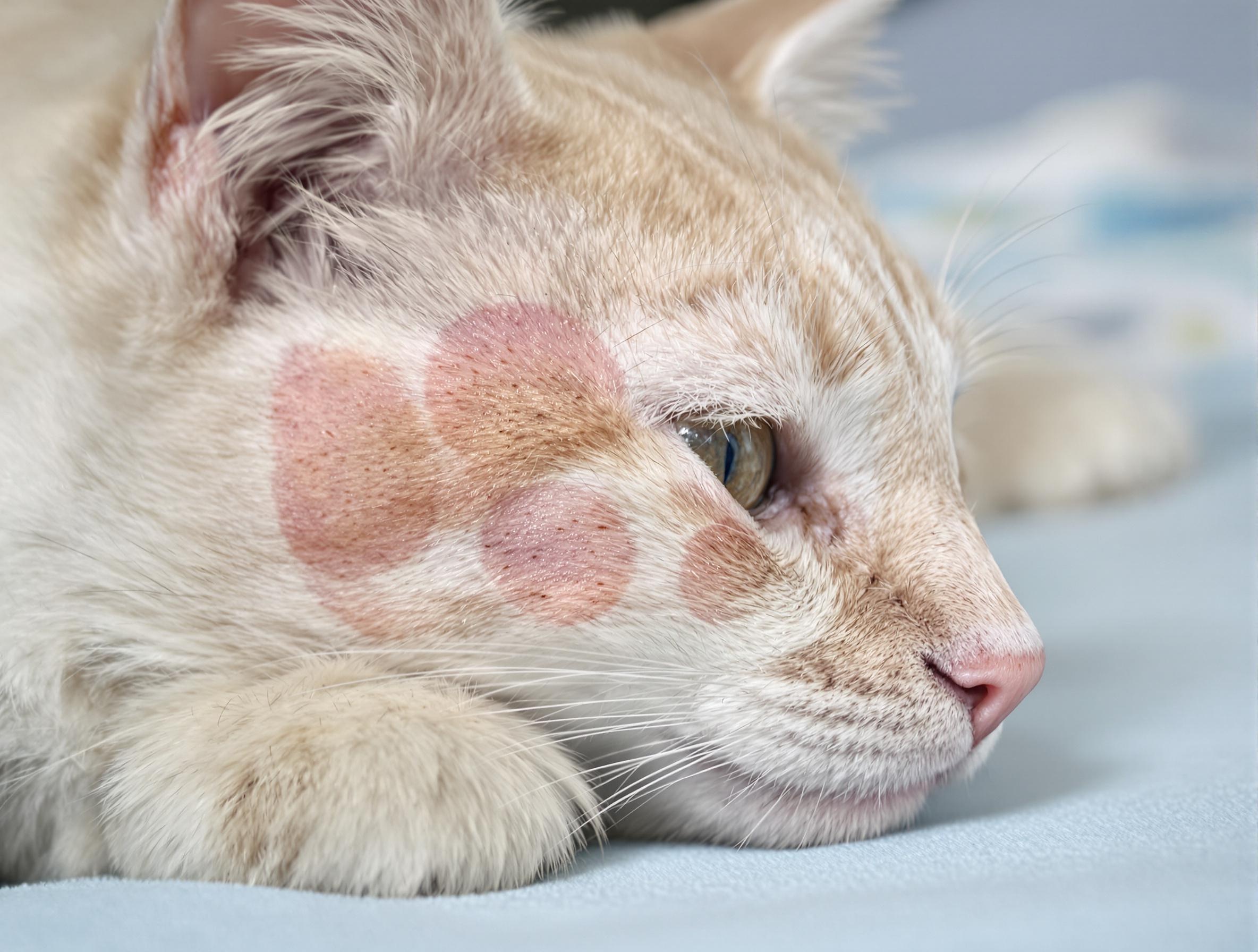Can Kittens Get Parvo from Dogs? What You Need to Know
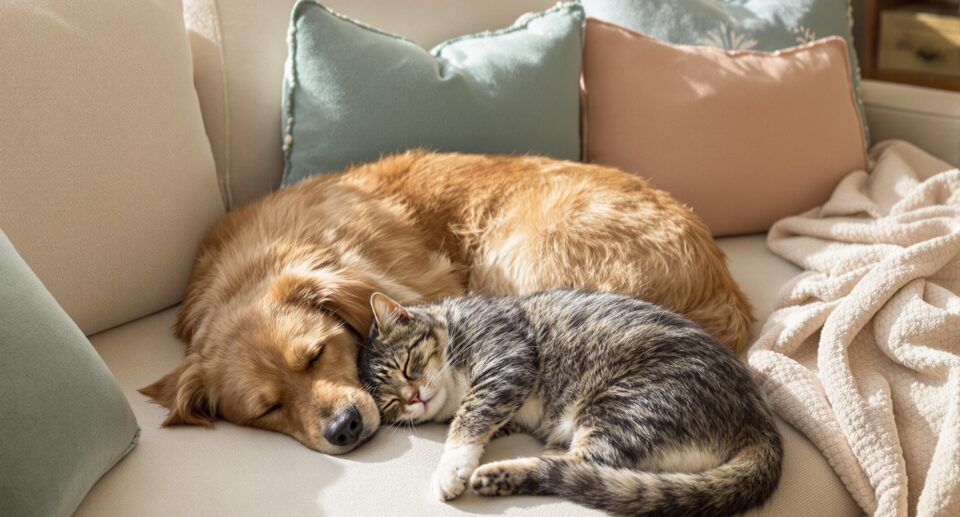
Key takeaways:
- Immediate veterinary care is crucial if a kitten shows early signs of parvo, such as lethargy or loss of appetite.
- Though rare, some newer strains of canine parvovirus can infect cats, making vaccination and preventive care essential for both species.
- Maintaining separate living areas for pets and practicing strict hygiene protocols in multi-pet households can help prevent the spread of parvovirus.
- If your pet contracts parvo, contact your veterinarian right away for treatment.
Understanding Parvovirus in Pets
Every day, nearly 900 dogs are diagnosed with parvovirus, a highly contagious and potentially life-threatening disease. This virus is especially concerning for households where dogs and cats share living spaces. Recent research has revealed an alarming development—certain strains of canine parvovirus can now use both dog and cat cellular receptors, increasing the risk of cross-species transmission.
Because the virus is extremely resilient and highly contagious, stopping its spread is just as important as treatment. Vaccination, proper hygiene, and responsible pet care are essential in preventing infection and protecting both dogs and cats. While there is no substitute for veterinary expertise, PetHealthMD offers reliable information on vaccination schedules, preventive care, and disease management, helping pet owners stay informed and proactive. By taking preventative measures and understanding how parvo spreads, you can help keep your pets safe.
What Is Parvo?
Parvo, or canine parvovirus (CPV), is a highly contagious and potentially deadly viral infection that primarily affects dogs. It targets the gastrointestinal tract and immune system, causing severe vomiting, diarrhea, dehydration, and lethargy. Puppies, unvaccinated dogs, and those with weakened immune systems are especially vulnerable.
The virus is extremely resilient and can survive on surfaces like floors, bedding, food bowls, and even human clothing for months. It spreads through direct contact with infected dogs or contaminated objects, making prevention and hygiene critical in stopping its spread.
Can Kittens Get Parvo from Dogs?
While kittens can be exposed to parvovirus from dogs, the situation is more complex than it seems. Most kittens that develop parvo-like symptoms are actually dealing with feline panleukopenia virus (FPV)—a close relative of canine parvovirus that specifically targets cats. However, scientists have discovered that certain strains of canine parvovirus (CPV) have evolved to infect cats, though real-world cases remain rare.
If you have both dogs and cats in your home, taking extra precautions is always a good idea. Parvovirus spreads easily through shared spaces, especially since curious kittens tend to explore areas where infected dogs have been. Kittens under 16 weeks old are particularly vulnerable because their immune systems are still developing. Following your vet’s recommended vaccination schedule is the best way to protect your kitten from FPV and potential exposure to canine parvovirus.
Learn more about cat vaccines and preventive care to help keep your feline safe.
How Is Parvo Treated?
There is no cure for parvo, but early veterinary intervention can save lives. Treatment typically includes:
- IV fluids to prevent dehydration
- Medications to control vomiting and diarrhea
- Nutritional support to help the immune system fight the virus
- Isolation to prevent the spread of the disease to other pets
Most kittens require 5–7 days of intensive veterinary care, depending on the severity of the illness. If cost is a concern, ask your veterinarian about payment plans or financial assistance options that may be available.
How Can I Support My Kitten’s Recovery at Home?
Keep a close eye on your kitten’s temperature, appetite, and energy levels, and report any concerns to your vet. Maintain a clean and sanitized environment by disinfecting surfaces twice daily to reduce the risk of reinfection. To protect other pets, wash your hands thoroughly and change clothes after handling your sick kitten.
Symptoms of Parvo in Kittens
While regular check-ups and vaccinations help prevent serious illness, staying alert to these early signs is key to getting your kitten the care they need as soon as possible.
Watch for:
- Pale or bluish gums
- A dull, unkempt coat
- Difficulty eating or drinking
- Vomiting or diarrhea
- Signs of dehydration, such as a dry nose or gums
If you notice any of these symptoms, call your veterinarian immediately. Your vet can perform tests to confirm the cause and begin urgent treatment to give your kitten the best chance at recovery.
While waiting for veterinary care, keep your kitten warm and isolated from other pets to prevent the spread of infection.
Preventing Parvo in Multi-Pet Households
Keeping your pets safe in a multi-pet home doesn’t have to be complicated. With thoughtful prevention steps, you can protect both your cats and dogs from parvovirus.
- Stay on top of vaccinations: Puppies should start their parvo vaccinations at 6–8 weeks, with boosters every three weeks until 16 weeks old. Kittens need their first core vaccinations around 8 weeks of age with boosters continuing until 16–18 weeks old.
- Clean shared spaces thoroughly: Use pet-safe disinfectants to clean surfaces. Regularly wash food bowls, toys, and bedding to reduce contamination.
- Give each pet their own space: Providing separate eating, sleeping, and play areas helps prevent illness from spreading.
- Introduce new pets safely: Set up a quarantine area for new arrivals and monitor them for at least two weeks.
- Practice good hygiene: Wash your hands after handling different pets, clean up outdoor spaces promptly, and use separate cleaning supplies for each pet’s area.
Your veterinarian is your best resource when it comes to customizing a prevention plan for your multi-pet household. They can help you fine-tune these strategies to match your home’s specific needs and ensure all of your pets stay safe and healthy.
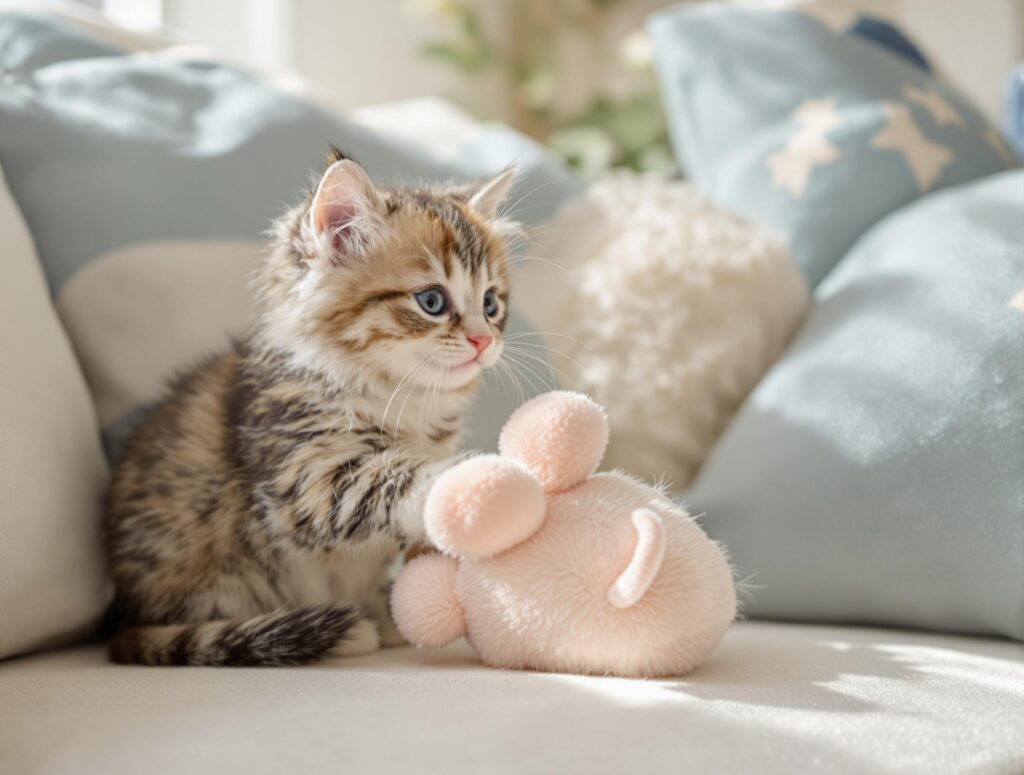
Ensuring Health and Safety in Multi-Pet Environments
Keeping your pets healthy in a multi-pet household starts with proactive care. Simple steps like separating feeding and sleeping areas, staying up to date on vaccinations, and maintaining good hygiene go a long way in preventing the spread of illness. Each pet has unique health needs, so it’s important to provide individualized nutrition and preventive care based on their age, breed, and medical history.
If your pet shows any signs of parvo, don’t wait—seek veterinary care immediately. For everyday wellness, explore cat health and wellness essentials on PetMeds to help keep your pets healthy year-round.

